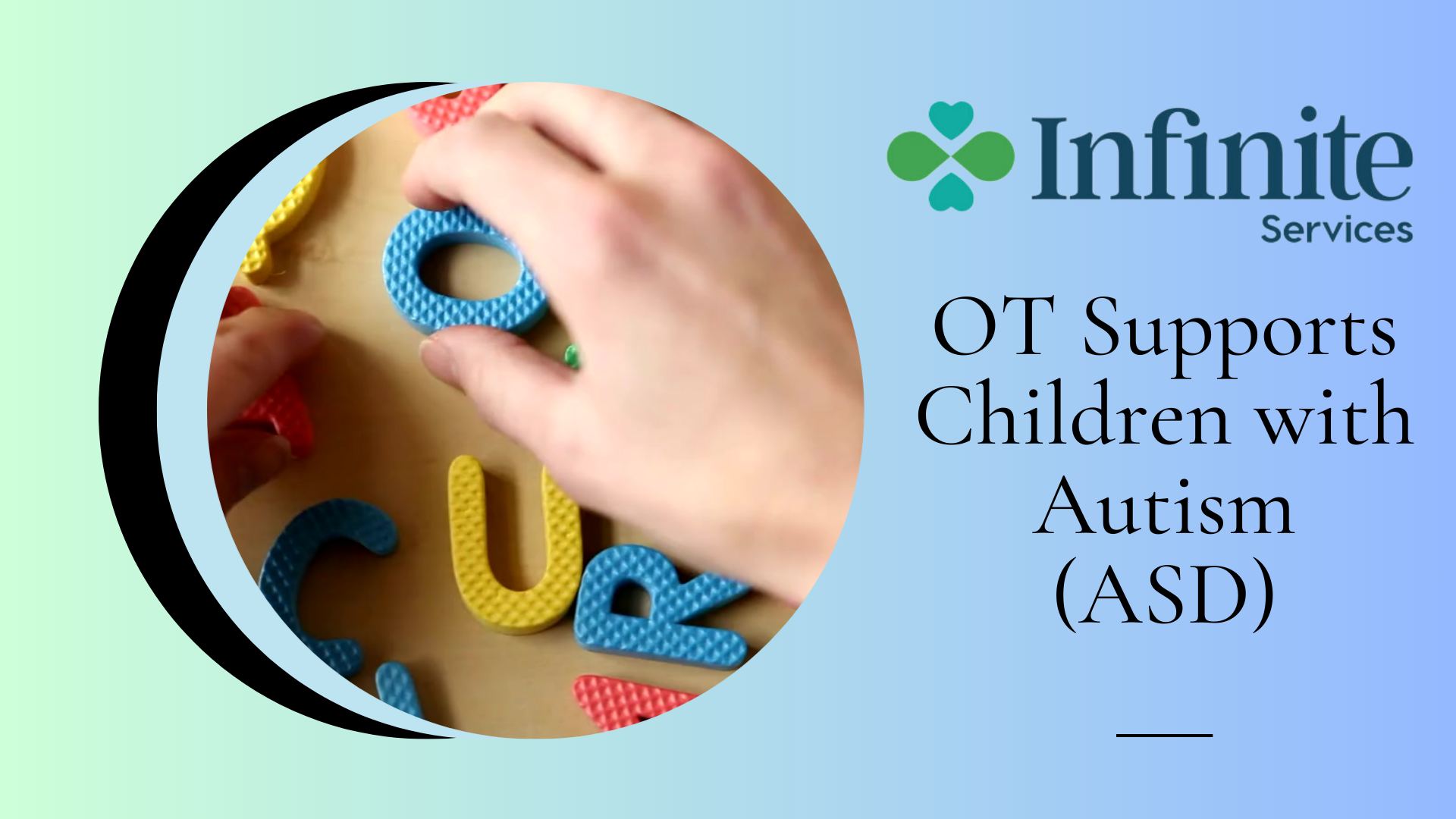Related Articles

How Occupational Therapy Supports Children with Autism Spectrum Disorder (ASD)
This blog post will explore the pivotal role occupational therapy plays in supporting children with ASD, focusing on interventions that target sensory processing, social skills, self-regulation, and adaptive behaviors.
Before delving into the role of occupational therapy, it's important to understand ASD. ASD is characterized by a wide range of symptoms and challenges, including difficulties with social communication, repetitive behaviors, sensory sensitivities, and difficulties with transitions and changes in routine. Each child with ASD is unique, with their own strengths, interests, and areas of need.
Occupational therapists are crucial members of the multidisciplinary team that supports children with ASD and their families. They work collaboratively to address the unique needs of each child and to promote their participation in meaningful activities and daily routines. Here's how occupational therapy can support children with ASD:
Many children with ASD experience sensory processing differences, which can manifest as sensory sensitivities or seeking behaviors. Occupational therapists use sensory integration techniques to help children regulate their responses to sensory stimuli and to improve their ability to participate in daily activities. This may include sensory diet interventions, sensory-based play activities, and environmental modifications to create sensory-friendly spaces.
Social interaction can be challenging for children with ASD, but occupational therapists employ evidence-based interventions to support the development of social skills. This may involve teaching social cues, perspective-taking, conversational skills, and play skills through structured activities and social stories. Occupational therapists also facilitate social skills groups to provide opportunities for peer interaction and practice in a supportive environment.
Many children with ASD struggle with self-regulation, which can affect their ability to manage emotions, attention, and behavior. Occupational therapists teach self-regulation strategies such as deep breathing exercises, mindfulness techniques, visual supports, and sensory-based calming strategies to help children cope with stressors and regulate their arousal levels effectively.
Occupational therapists work with children with ASD to develop the necessary skills for independent living and participation in daily routines. This includes teaching self-care skills such as dressing, grooming, and feeding, as well as promoting independence in activities of daily living such as meal preparation, household chores, and community outings. Occupational therapists also collaborate with families to develop individualized strategies and routines to support the child's independence and success.
For your ABA and Occupational Therapy Needs, contact us!